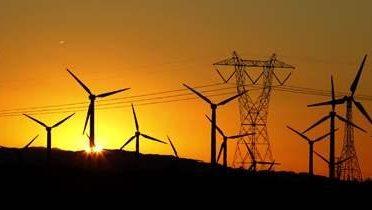State clean energy funds (CEFs) have emerged as effective tools that states can use to accelerate the development of energy efficiency and renewable energy projects. These clean energy funds, which exist in over 20 states, generate about $500 million per year in dedicated support from utility surcharges and other sources, making them significant public investors in thousands of clean energy projects.
However, state clean energy funds’ emphasis on a project finance model—which directly promotes clean energy project installation by providing production incentives and grants/rebates—is by itself not enough to build a statewide clean energy industry. State clean energy funds also need to pay attention to other critical aspects of building a robust clean energy industry, including cleantech innovation support through research and development funding, financial support for early-stage cleantech companies and emerging technologies, and various other industry development efforts.
As it happens, some of these state clean energy funds are already supporting a broader range of
clean energy-related economic development activities within their states. As more and more
states reorient their clean energy funds from a project finance-only model in order to encompass
broader economic development activities, clean energy funds can collectively become an important national driver for economic growth.
To become true economic development engines in clean energy state clean energy funds should:
- Reorient a significant portion of their funding toward clean energy-related economic development
- Develop detailed state-specific clean energy market data
- Link clean energy funds with economic development entitites and other stakeholders in the emerging industry
- Collaborate with other state, regional, and federal efforts to best leverage public and private dollars and learn from each other’s experiences
The Brookings Institution is committed to quality, independence, and impact.
We are supported by a diverse array of funders. In line with our values and policies, each Brookings publication represents the sole views of its author(s).





